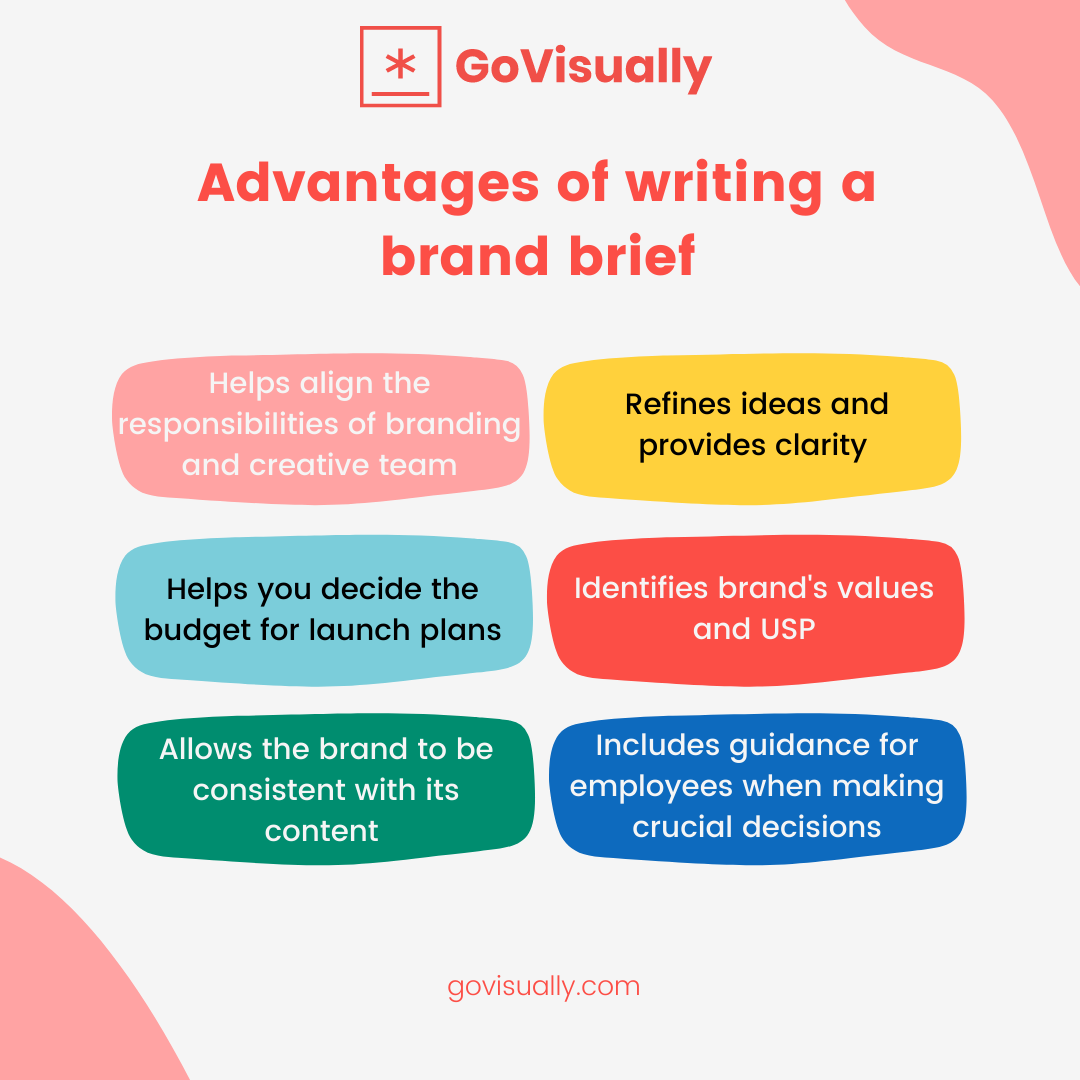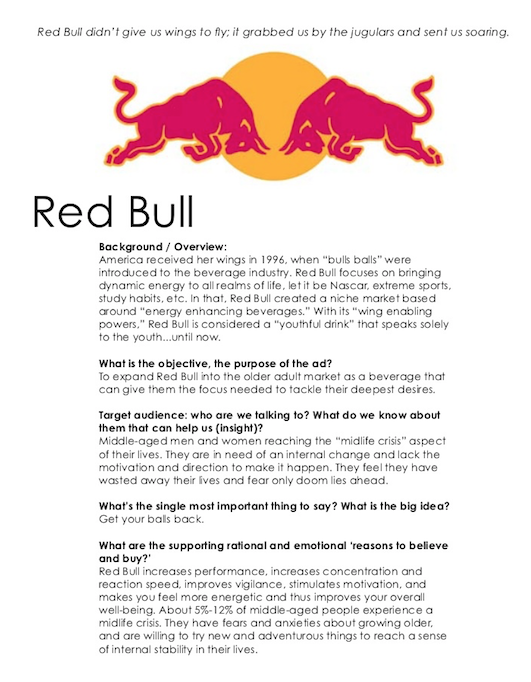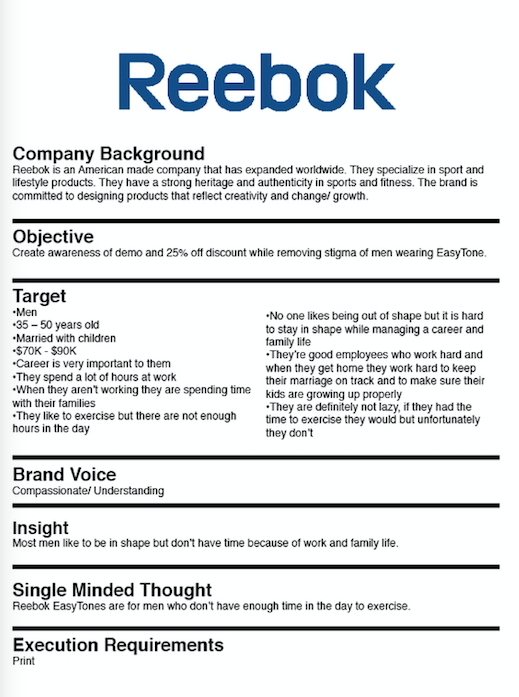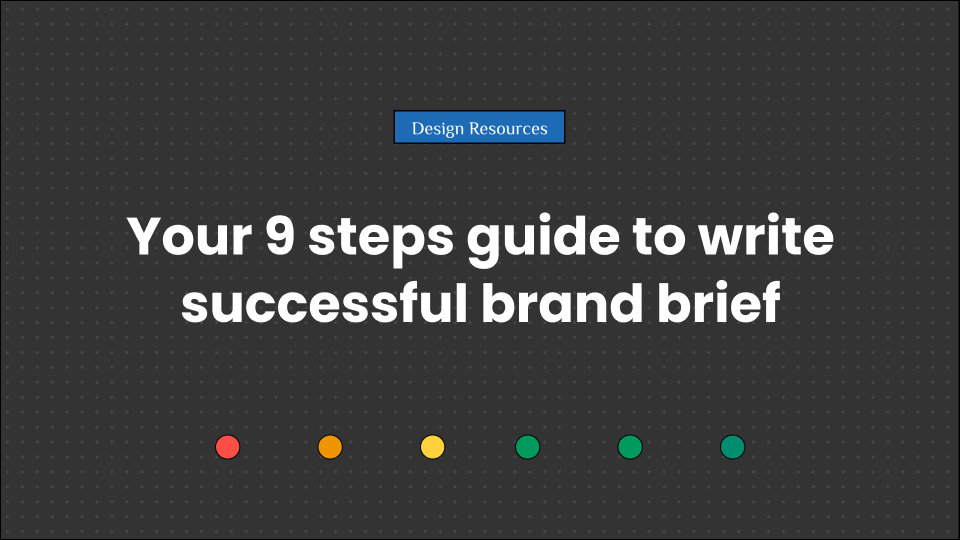The branding process is something every company has to go through. According to recent studies by Lucidpress, consistent brand presentation across all platforms increases revenue by up to 23%. Yet, most companies report struggles with brand inconsistency, mainly due to inadequate brand documentation and briefing. If your expectations did not meet the results, it is probably because the brand brief was not up to the mark.
The brand brief you develop must have all the elements that make it stellar to get your brand’s story and message across to the audience. It can be overwhelming to come up with a brief that encapsulates the essence of your brand without giving away too much.
A lot of the time, creating a brand brief is tricky for people for different reasons. Sometimes, you might think the audience does not have any idea about your brand and the message, and you go above and beyond to put out as much information as possible.
Other times, you could assume people know everything about the brand and provide them with little to no new information. The perfect brand brief is somewhere in the middle of both of these extremes.
Before we dig deeper into how to write a brand brief, let’s find out more about what a brand brief is and its defining factors.
Table of Contents
What is a brand brief?
A brand brief contains all the vital information about what your brand is and what it isn’t. It allows people to get familiar with the message your company is trying to convey through the brand, the vision, goals, objectives, purpose, and direction of the brand.
Components of a brand brief
Some factors of a successful brand brief that makes the position of your brand as straightforward as possible include:
- Vision Statement: All the long-term and short-term goals for your brand.
- Mission Statement: The steps you will take to achieve the goals.
- Brand Promise: The solutions you wish to deliver to the audience and customers.
- Brand Values: The values that are at the core of your brand. For example, eco-friendliness, high quality, integrity, and more.
- Target Audience: The people you are trying to reach.
- Brand USP: The reason people should pay attention to your brand and choose you.
- Competitors: The brands that can take customers away from you.
- Competitive Advantage: What makes your brand stand out from the competition.
- Brand Voice: The way your brand communicates with the audience. It is the voice, language, tone, etc.
- Brand Culture: The principles and code of conduct followed by the brand internally.
What is the difference between a brand brief and a design brief?
People often confuse a design brief with a brand brief. Both of them are similar in some ways but completely different when it comes to their purpose. A brand brief defines the values and objectives, whereas a design brief showcases a particular project or campaign’s goals.
A design brief does include information about the brand that can come from the brand brief itself. The core idea is that any brief for any project or campaign a company launches stems from the brand brief. A brand brief is essential to understand what the brand stands for clearly and its aims to achieve.
Advantages of writing a brand brief

- Enhanced brand consistency: According to a Demand Metric report, consistent branding across all channels increases revenue by up to 23%.
- Improved communication: Reduces miscommunication among cross-functional teams.
- Streamlined decision making: Teams with clear brand documentation make decisions much faster than those without.
- Higher stakeholder alignment: Projects with comprehensive briefs experience fewer revisions and approval delays.
- Increased marketing effectiveness: Campaigns based on solid brand briefs achieve higher engagement rates.
- Better creative output: Designers report higher satisfaction with creative outcomes when working from detailed brand briefs.
How to write a brand brief successfully!
Now that you know what a brand brief is and all the advantages you can get from writing a brilliant brand brief let’s look at all the steps you can take to ensure it is perfect and captures the essence of your brand completely.
1. Define your brand idea
One of the most important aspects of a brand brief is describing the idea and thought behind your brand. You must provide everyone with a clear understanding of your business and what you provide for the people. Your brand brief should answer questions like “what do you do?” in great detail, so there is no confusion in anyone’s mind.
It would help if you defined what your brand offers to the audience and what solutions your products provide for the people. It would help if you gave an overview of your brand and business at the start of your brand brief.
2. Scope and decide your target audience
A vital part of a successful brand brief is specifying the company’s target audience. It would help if you always told who you are trying to cater to with the product and defined them. It gives anyone who reads the brief a clear idea about who the product and service should be marketed to.
If you are still choosing your target audience, you should always look at all the people interested in your product or service and the common traits and attributes they have. The most important thing to keep in mind when selecting your target audience is that enough people in that demographic can afford your product.
3. Time for a bit of soul searching: specify your brand promise!
After you have defined your target audience, you need to move on to an even more significant challenge: choosing your brand promise. It can be tricky because many brands play it safe and come up with a brand promise that is generic and safe. It would help if you looked at everything your brand has to offer and chose wisely.
You can talk to everyone working with the brand and make suggestions for the brand promise. You need to come up with a list of solutions your brand has to offer to the clients. What is the most critical problem your brand is solving for your target audience? Choose that as your brand promise.
4. Define your brand’s vision and missions
Before moving to other sections of your brand brief, you need to define your brand’s vision and mission statements. Both of them go hand in hand, but they are not the same. You have to let everyone know your brand’s presence and what you wish to achieve in the future.
Your brand’s vision is what you hope to bring to the world and the change you are aiming to make. The mission statement defines the who, what, and how of your brand. It describes how you are working to bring about the change you have mentioned in your vision statement.
5. Describe your brand’s USP: what makes you different?
Now is the moment to let everyone know why they should choose you over all of your competitors. It is the part of the brand brief where you define what sets you apart from everyone else and what makes you unique.
Think of it as the defining point of your brand. It’s the single most crucial aspect that can break or make your brand and ultimately determine how many customers you’re likely to attract.
It is easy to confuse your brand USP with your brand promise, but they are two distinct aspects of your company. Your brand promise is what you offer to the people, and your brand USP is how what you offer is different from everyone else.
6. Put on research caps and outline your competition as well as any advantage you have
To stay on top of your game, you need to be familiar with your competitors. You must keep tabs on them and see what they are up to at any given time.
Moreover, you can also check which strategies work in your industry and which don’t. But remember that you must include an overview of at least three of your competitors in your brand brief.
Once you know who your competitors are, you can better understand what you do that makes you stand out from them. You must talk about your company’s best practices or what you are doing that others cannot replicate. For example, you have access to resources at a lower cost, more talented workers, a better location, etc.
7. Give your brand a personality by defining your brand values
Your brand values help people form an opinion about you and your products. It enables people to see what you stand for and what you believe in. Your brand values humanize your company and brand and make it easier for people to relate to it.
Establishing brand values can provide you with various benefits. It enables you and your brand to stay true to the mission and achieve your goals. It is also an excellent way to connect with your audience and consumers and create a lasting bond.
8. Establish your brand culture
Your brand culture is indeed the soul of your business. It defines how things work internally and the attitude the employees of the company have with each other. Having a great brand culture can be huge for your brand.
Establishing an excellent brand culture ensures that your company attracts the best of the best, and your team is full of talented workers. Your brand culture can also help the employees feel more motivated to work and boost creativity and productivity in the workplace.
9. And finally, define your brand’s image
Last but not least important, you must define your brand image through the brand brief. You must establish your brand’s personality and voice and allow people to understand your message better.
As a brand, you must have a visual personality and a voice and tone that matches it. Your brand voice is vital as it can help you communicate better with your target audience and reach them. It would help if you chose the manner you would be sharing. Whether you want to be a formal and authoritative brand or a fun and casual brand, it is up to you.
Brand Brief Templates
A brand brief is crucial for every company. It is the best avenue to enable people to learn about your brand’s values and message. However, we do understand that it can be challenging to create. So here are the two best brand briefs we personally like!
You can look at these brand briefs of Red Bull and Reebok as examples to take inspiration.


Brand Brief Templates
A brand brief is crucial for every company. It is the best avenue to enable people to learn about your brand’s values and message. However, we do understand that it can be challenging to create. So here are the two best brand briefs we personally like!
You can look at these brand briefs of Red Bull and Reebok as examples to take inspiration.
Review and Get Feedback On Your Brand Briefs With GoVisually!
Once you have drafted the brand brief, it is time to share it with the primary stakeholders and founders to get feedback before you finalize it.
Now, this seemingly simple step can become your hell if you stick to outdated feedback collection methods like emails or unending meetings. According to a recent survey by Workfront, marketing teams waste an average of 13.5 hours each week on inefficient review and approval processes.
So how do you cut through the review time effectively and finalize your brand brief faster?
Enter GoVisually – the #1 online proofing and review tool. With GoVisually, you can invite all stakeholders to one place, leave comments, accept suggestions, compare versions, and finalize the brand brief within the same day.
Streamline your brand brief Process with GoVisually’s Smartnotes (NEW FEATURE)
One of the most powerful features of GoVisually is Smartnotes – a game-changer for creating, sharing, and collaborating on brand briefs. Smartnotes allows you to centralize all your creative briefs, client intake documents, and meeting notes in one place, making them easily accessible to the entire team.
Here’s how you can use Smartnotes for your brand brief process:
- Creating smartnotes: Simply click “Add > Smartnote” to create a new brand brief template or document.
- Flexible visibility options: Keep your draft briefs private until they’re ready to share. Draft Smartnotes are visible only to the creator, while published notes can be accessed by selected project members.
- Powerful editing tools: Our smartnotes editor includes typography options, text formatting, lists, attachments, tables, and various content types like URLs and code blocks – perfect for comprehensive brand briefs.
- Collaborative publishing: When your brand brief is ready, click “Publish” to share it with the team. You can optionally restrict access to specific team members for sensitive brand information.
- Interactive feedback: Team members with access can provide comments directly in the sidebar, creating a focused conversation around specific elements of your brand brief.
By using Smartnotes, you can reduce the time spent on brand brief revisions by up to 65% and ensure that everyone on the team is working from the same source of truth. According to our customer data, teams using Smartnotes for their brand briefs report 43% fewer clarification requests and a 29% increase in first-time approval rates.
So try it for free today and see how it can become an absolute game-changer for branding agencies and creative teams!




